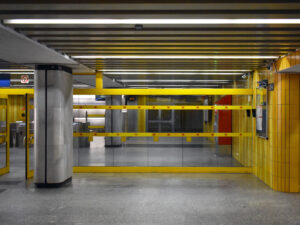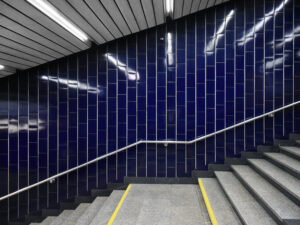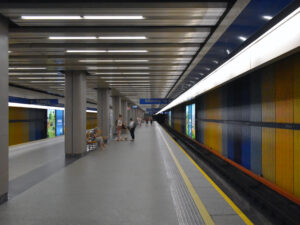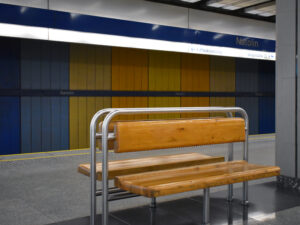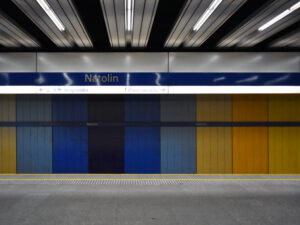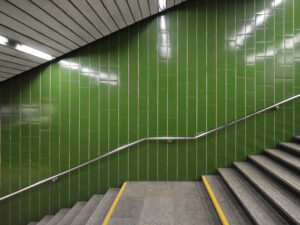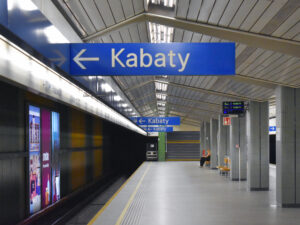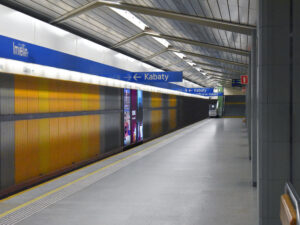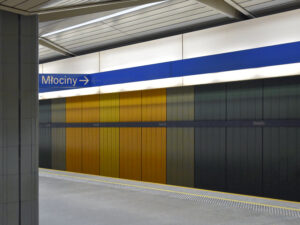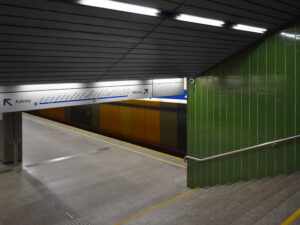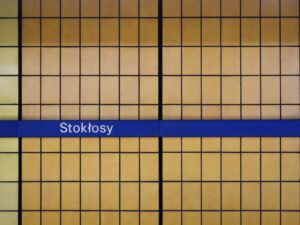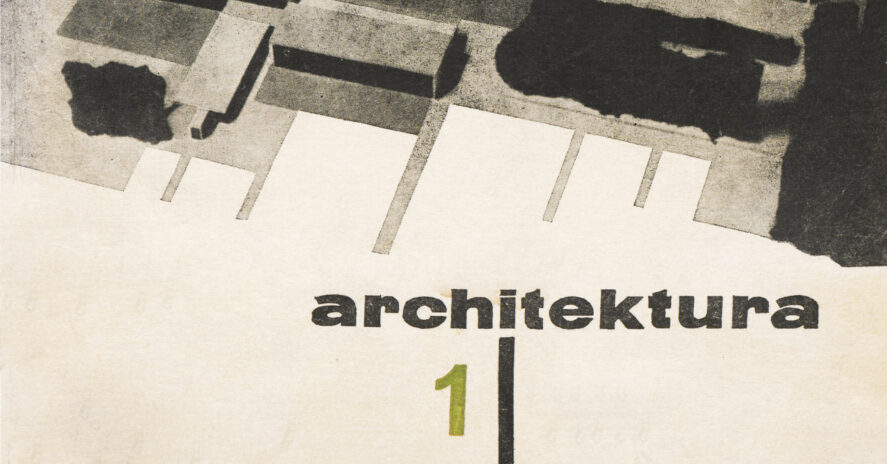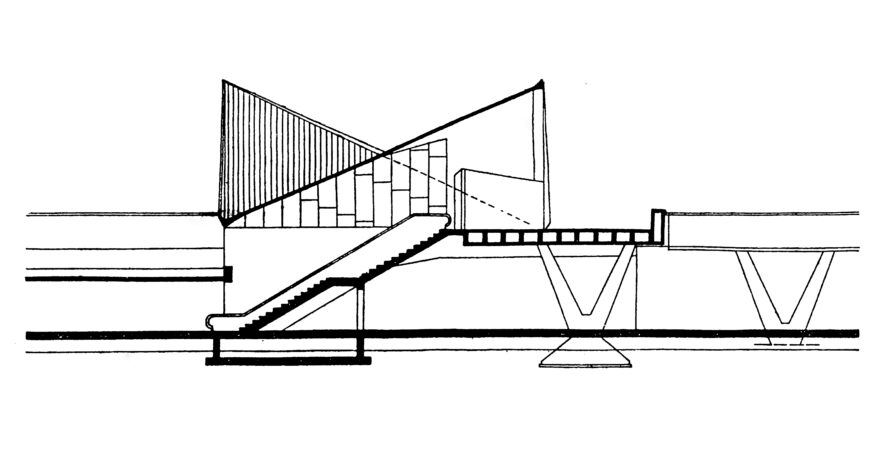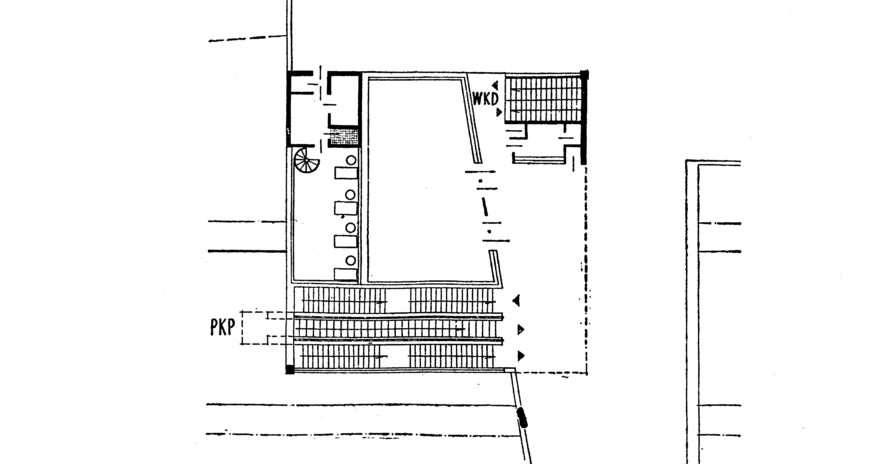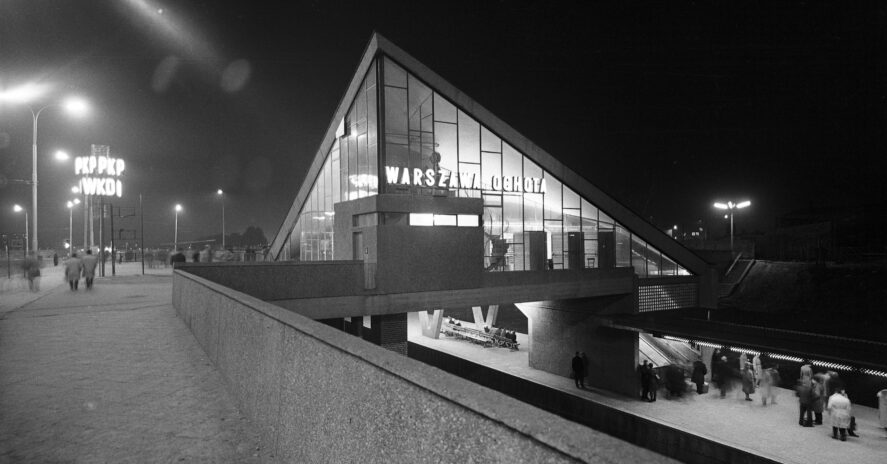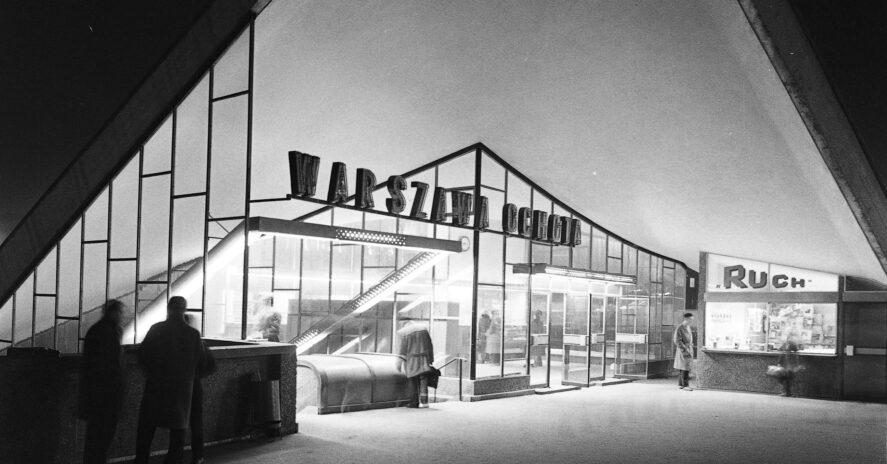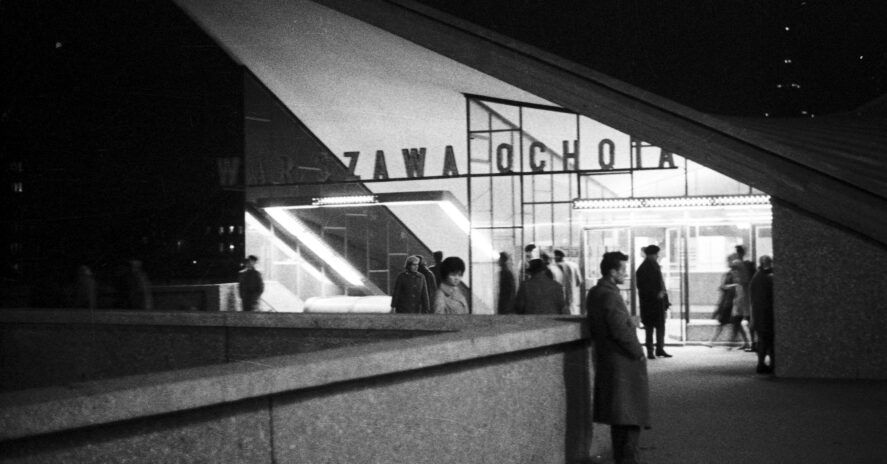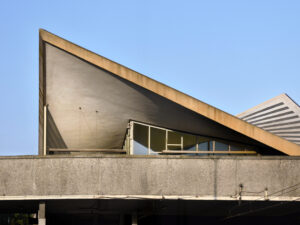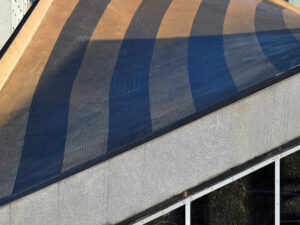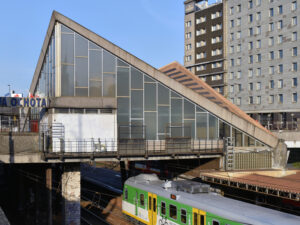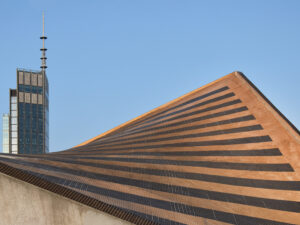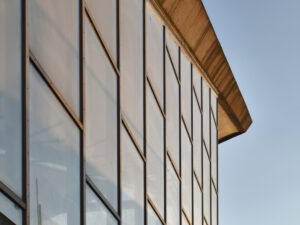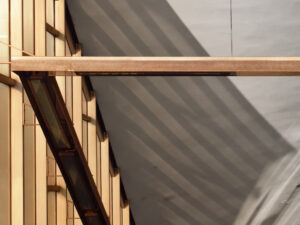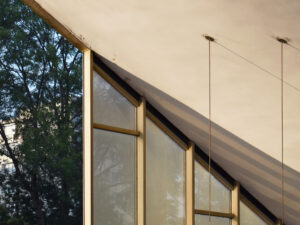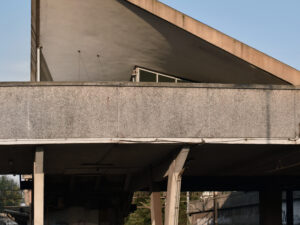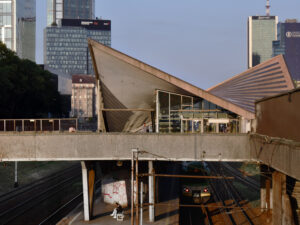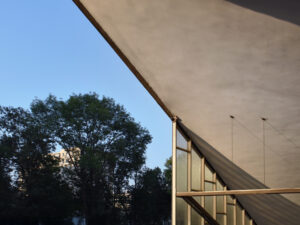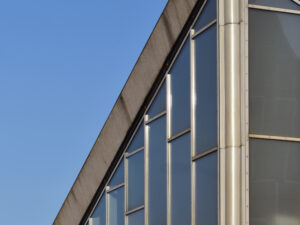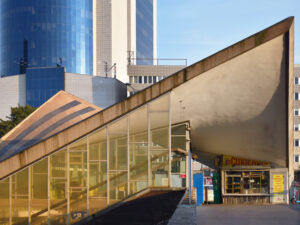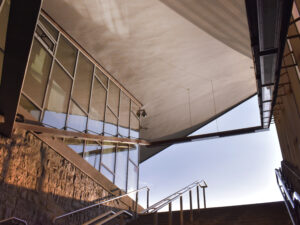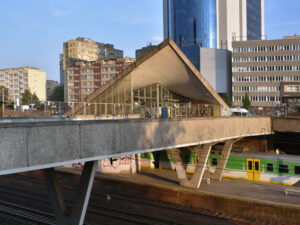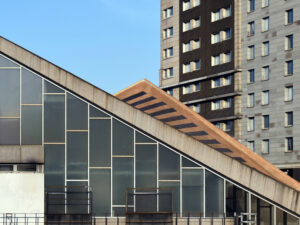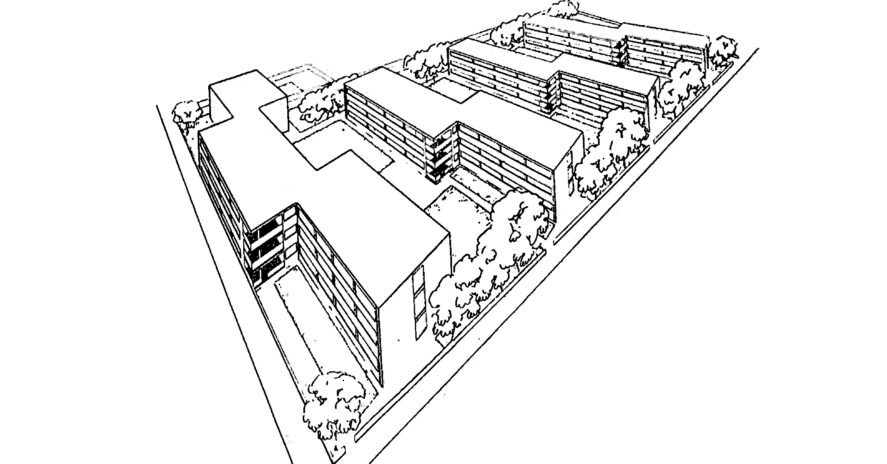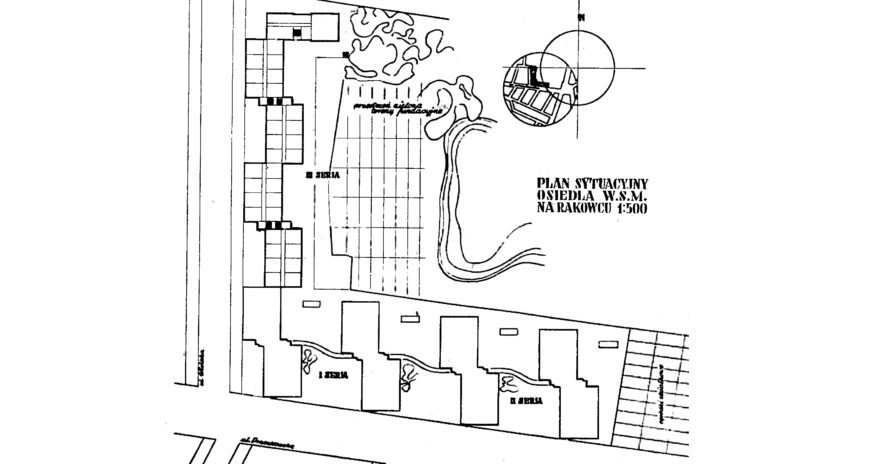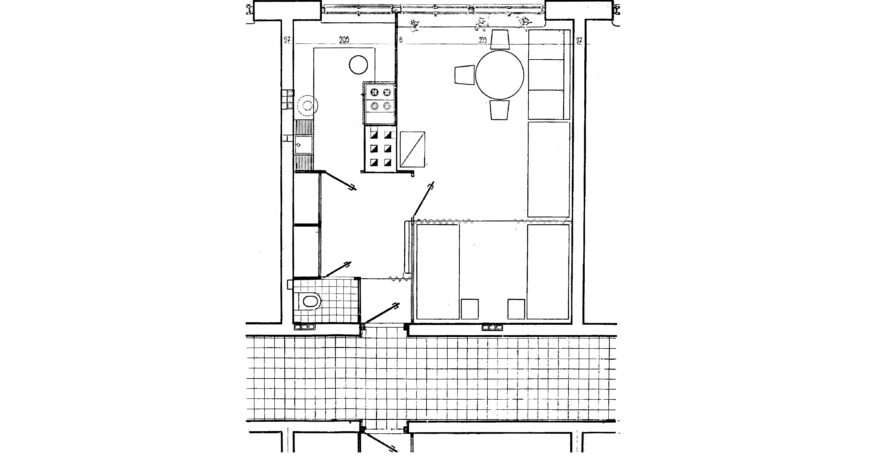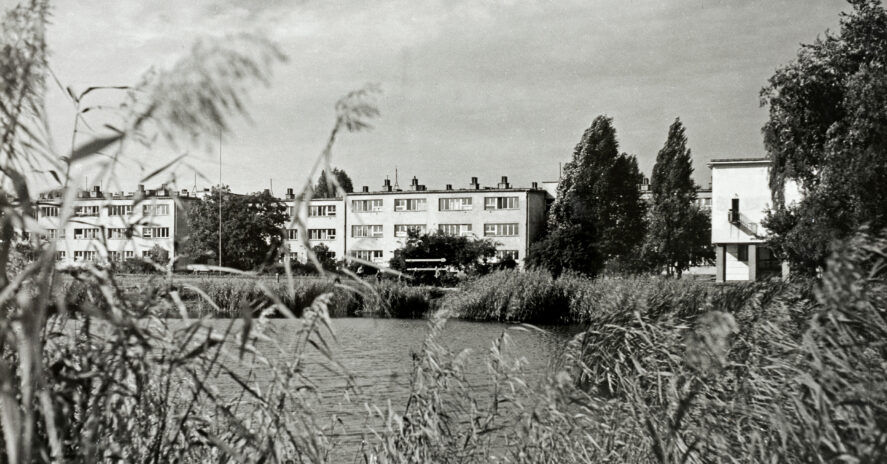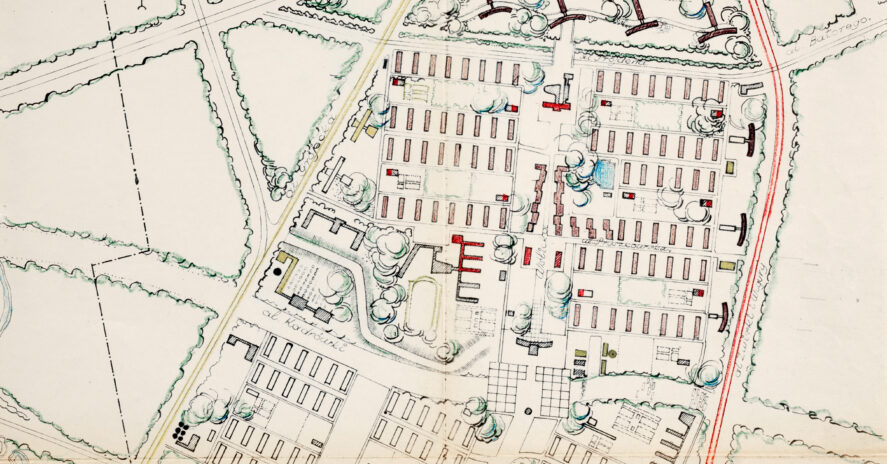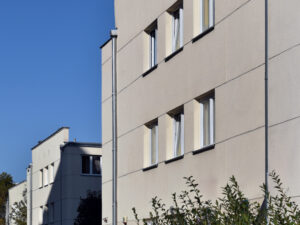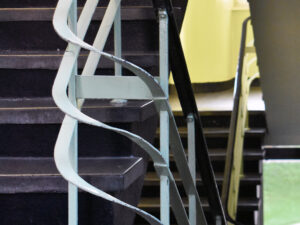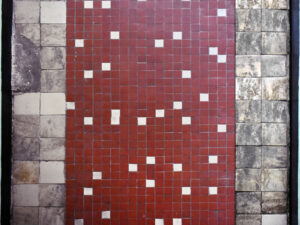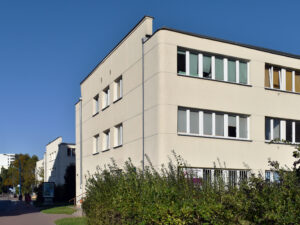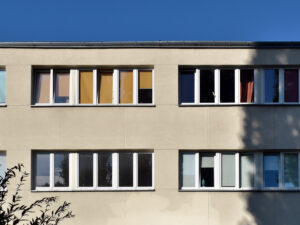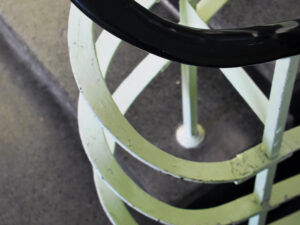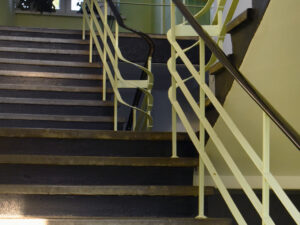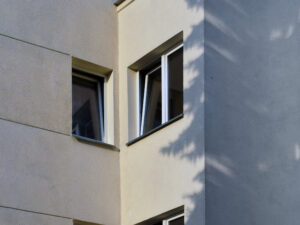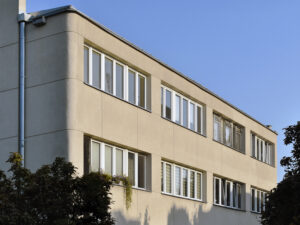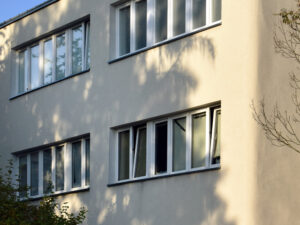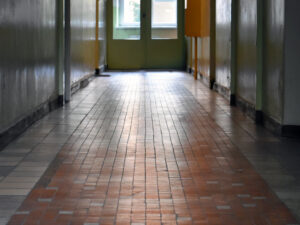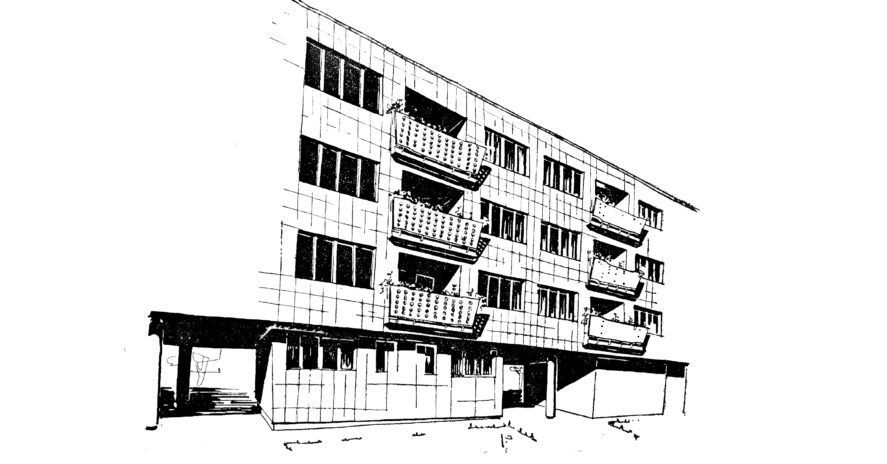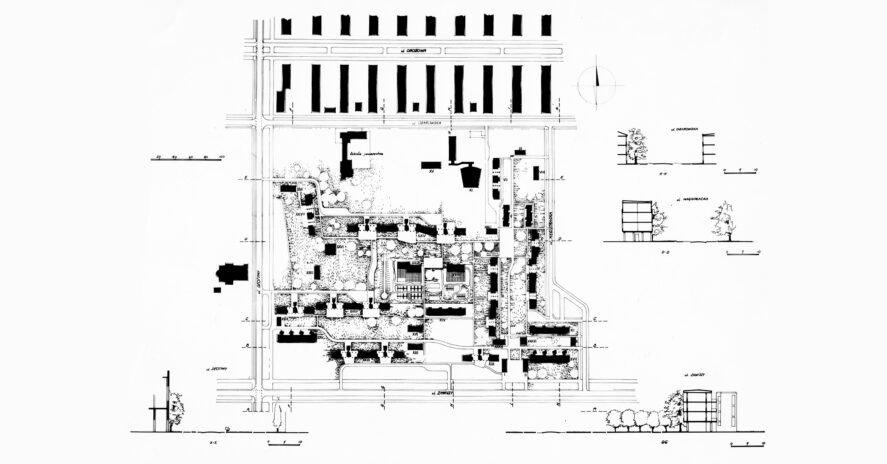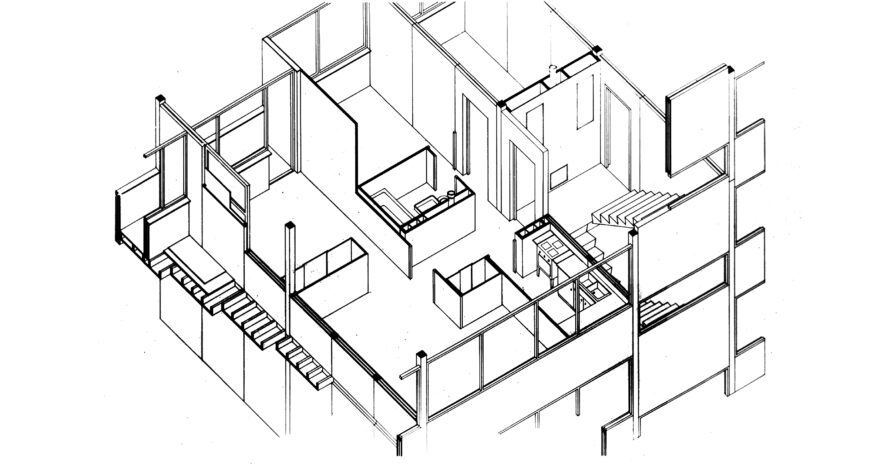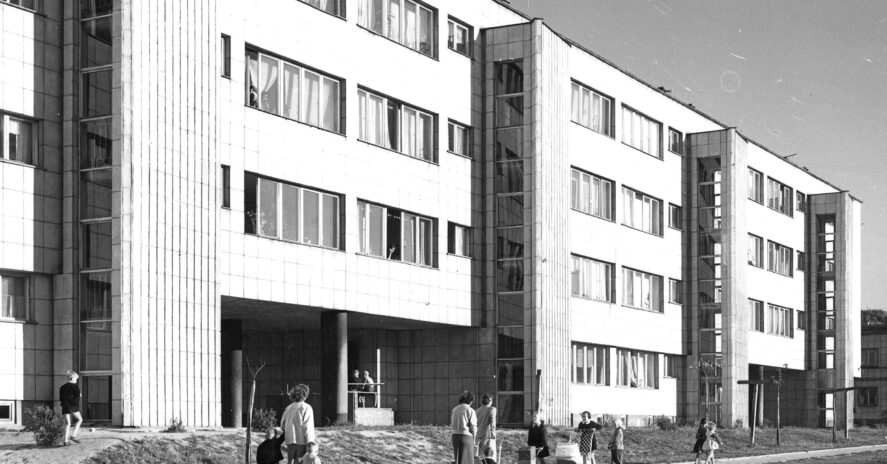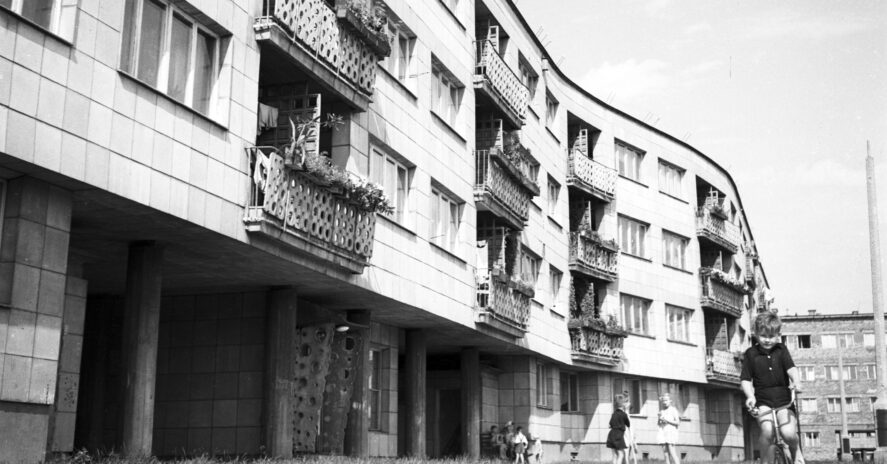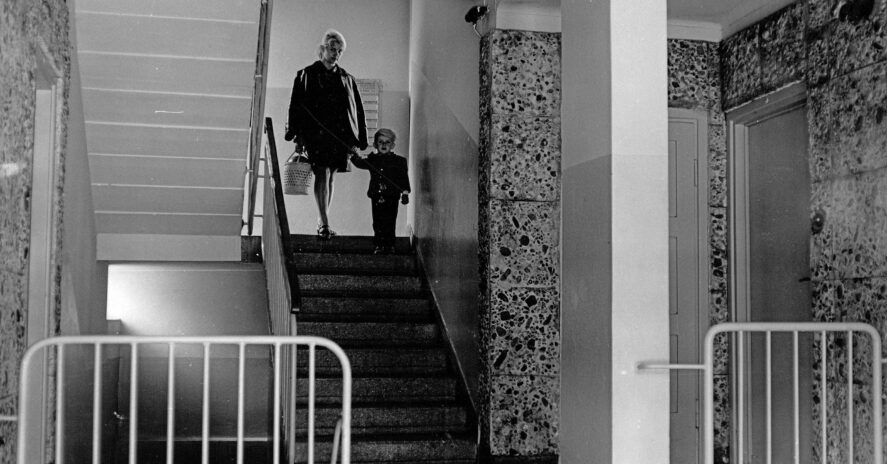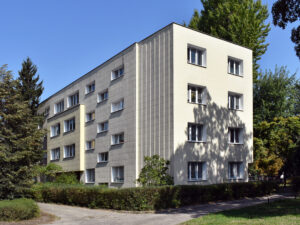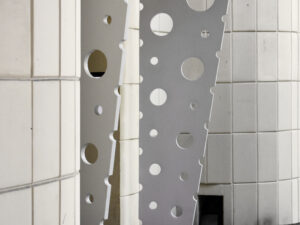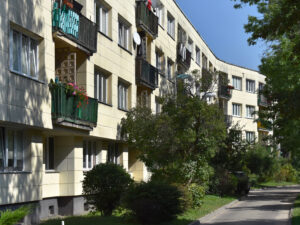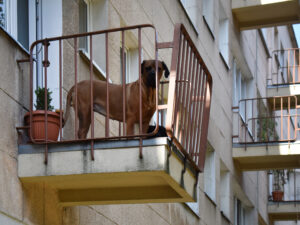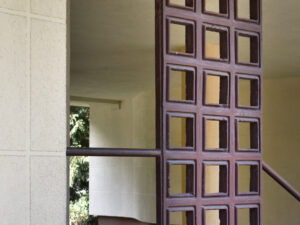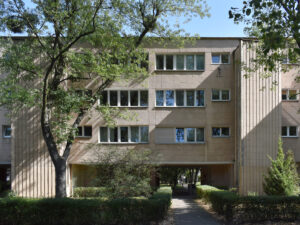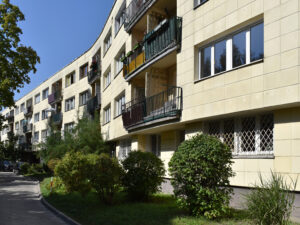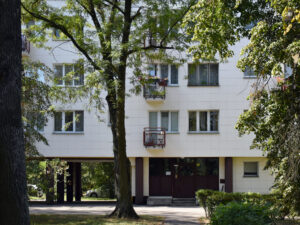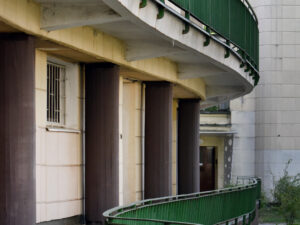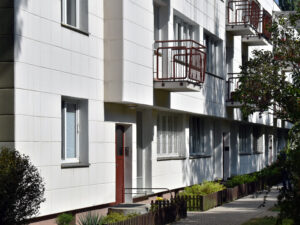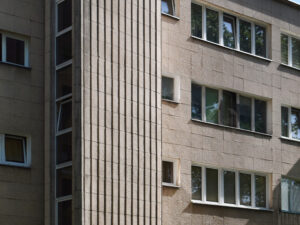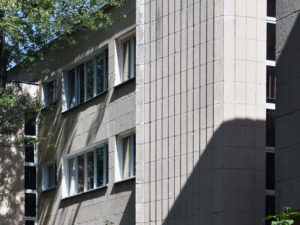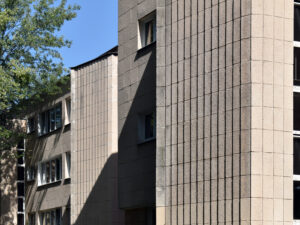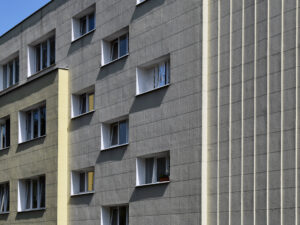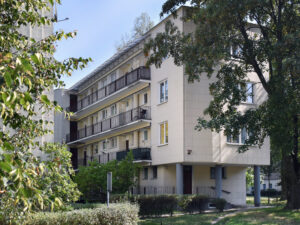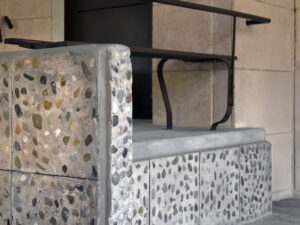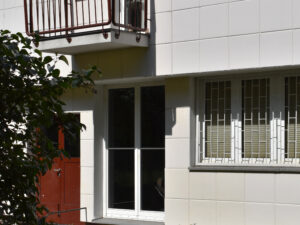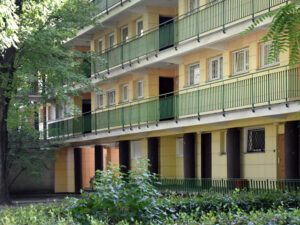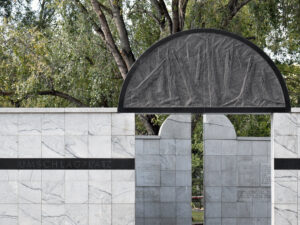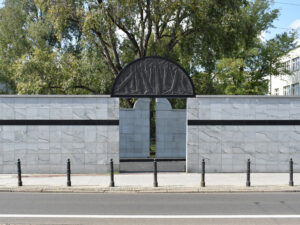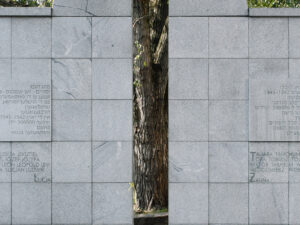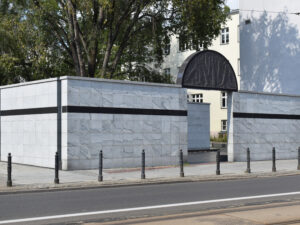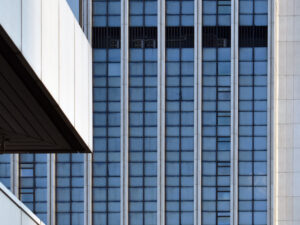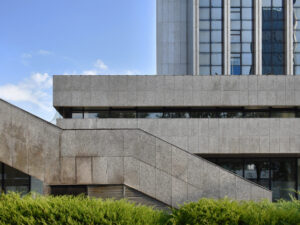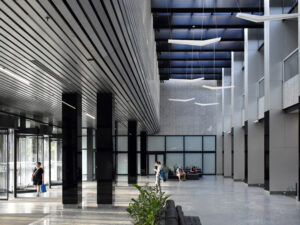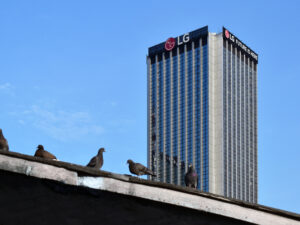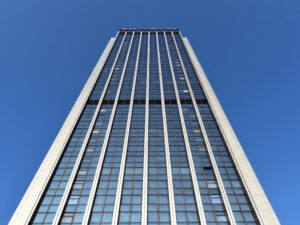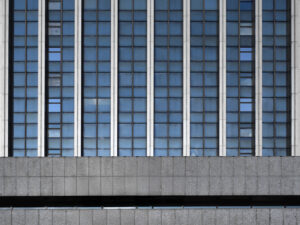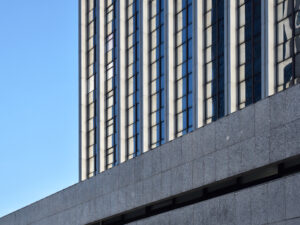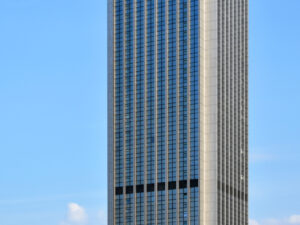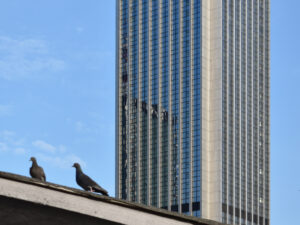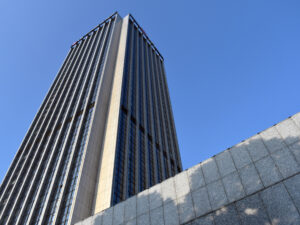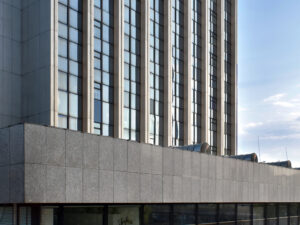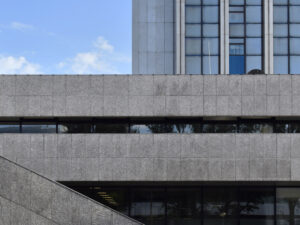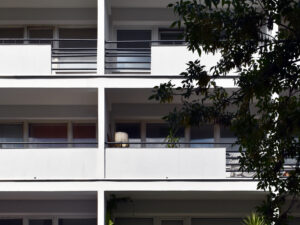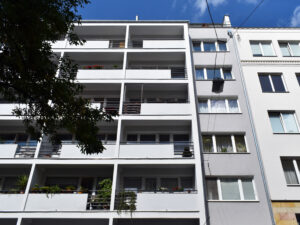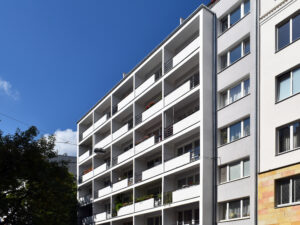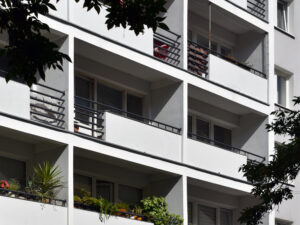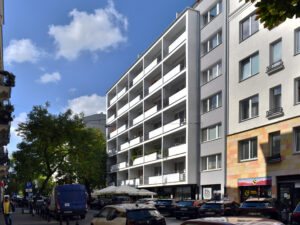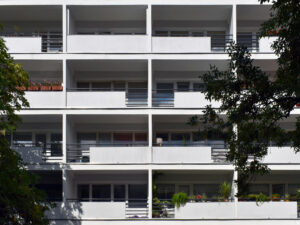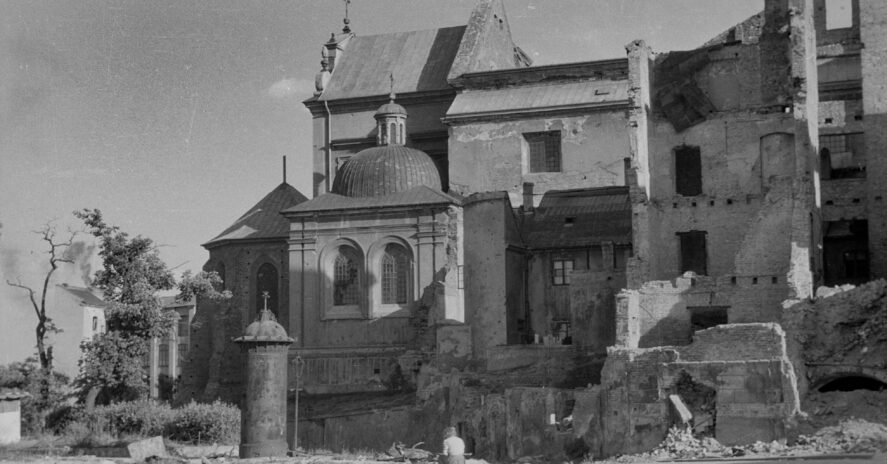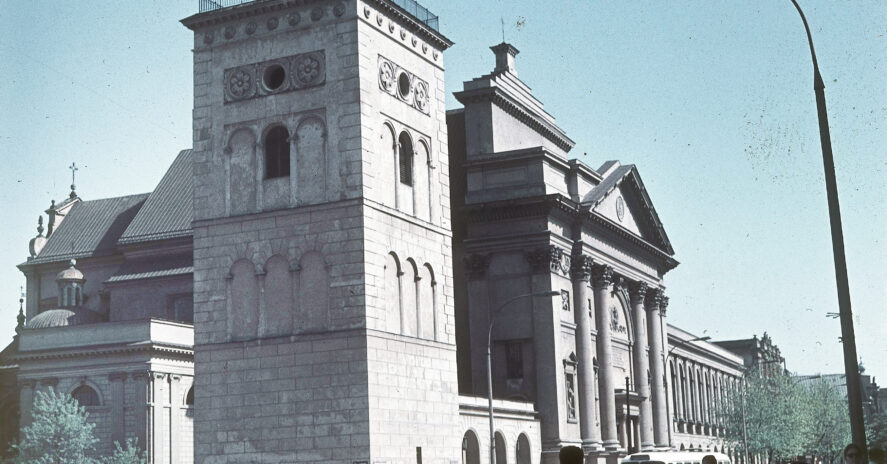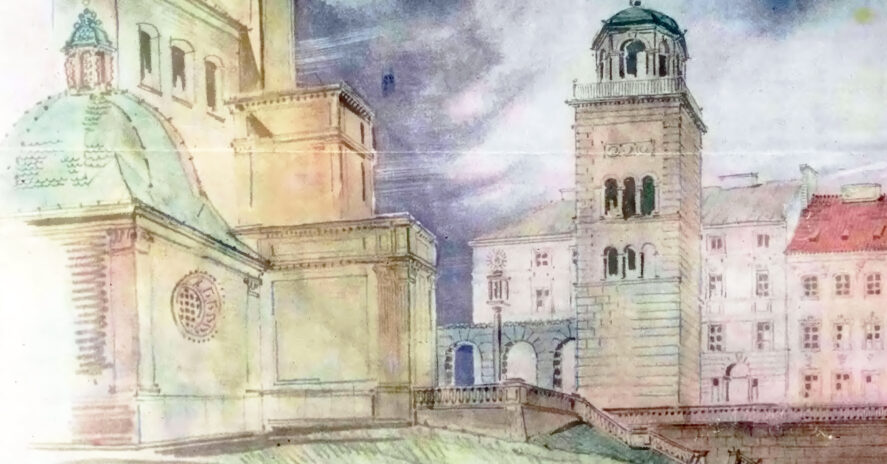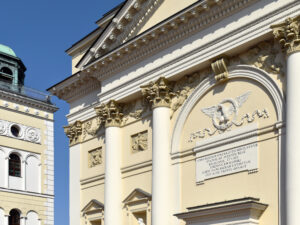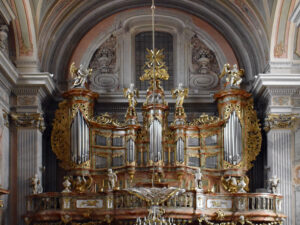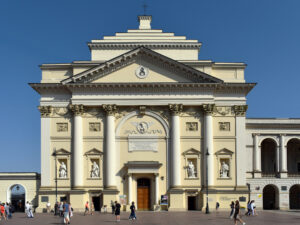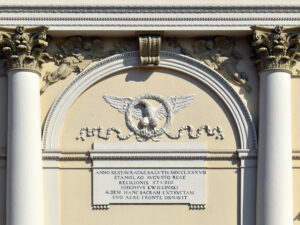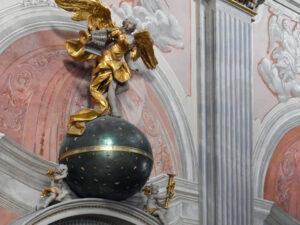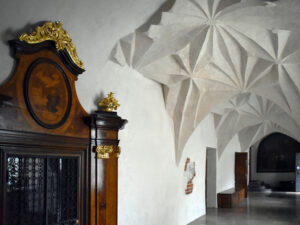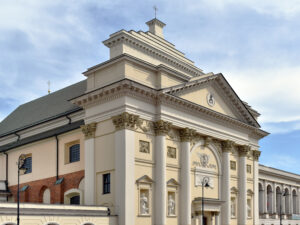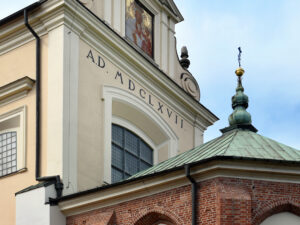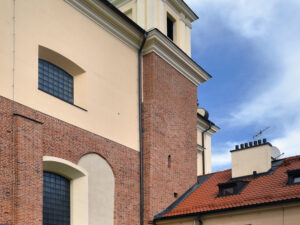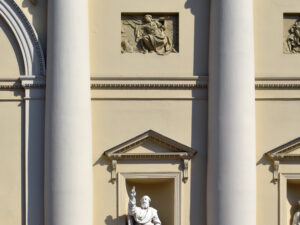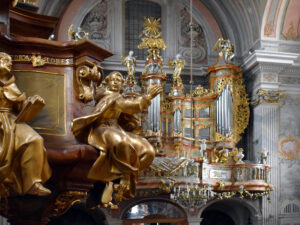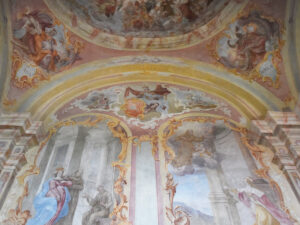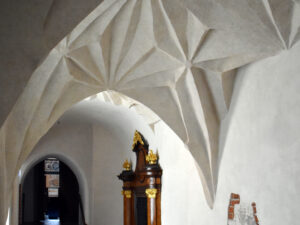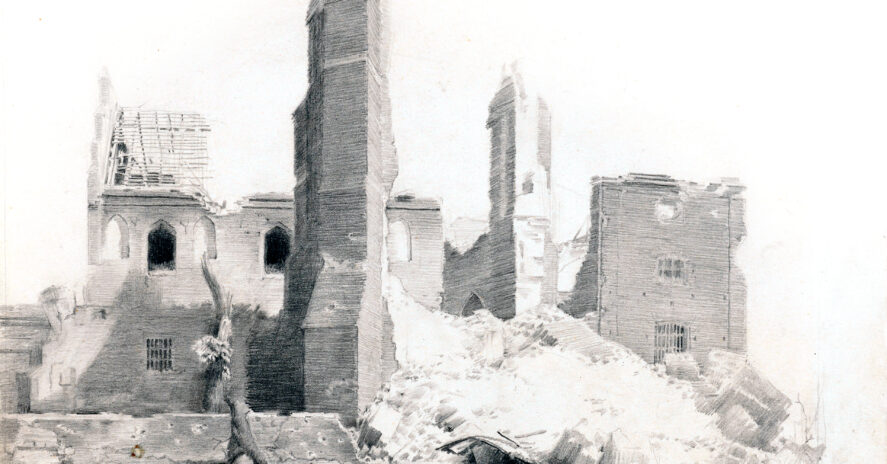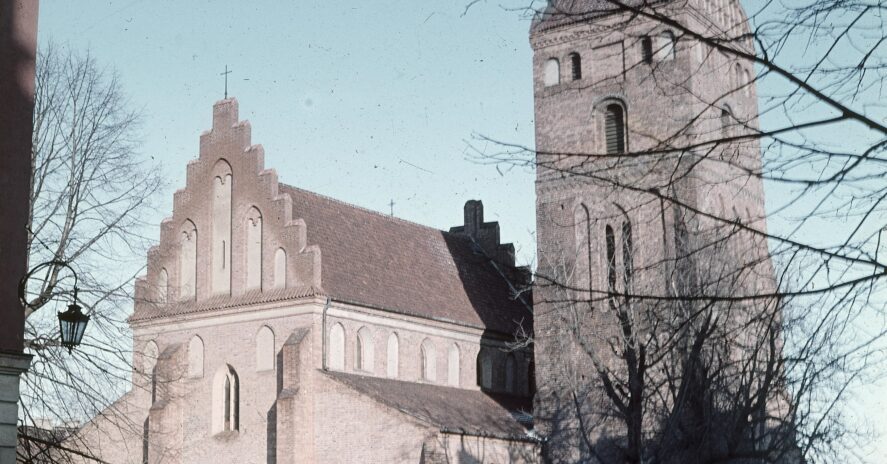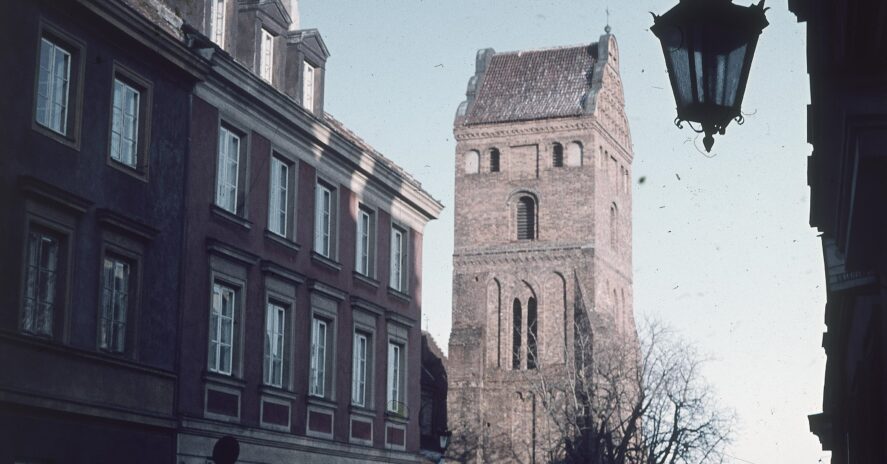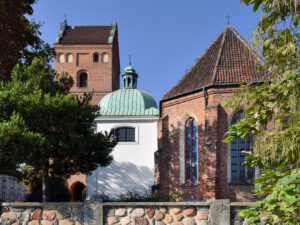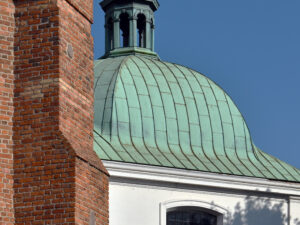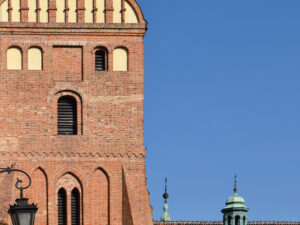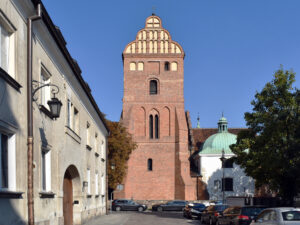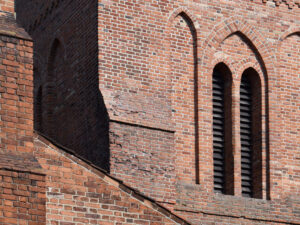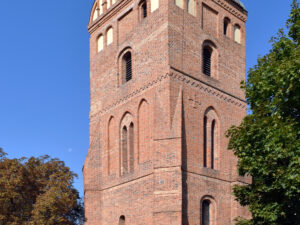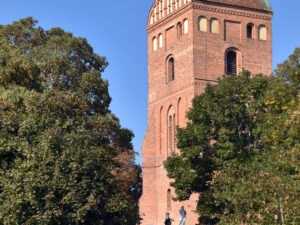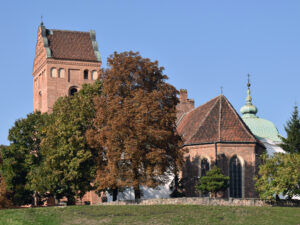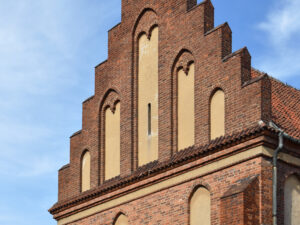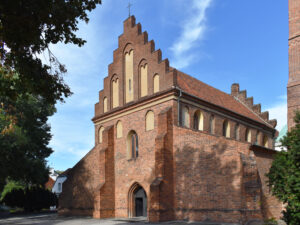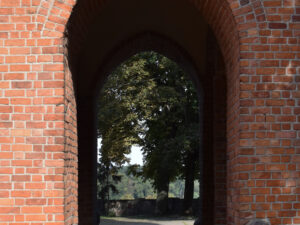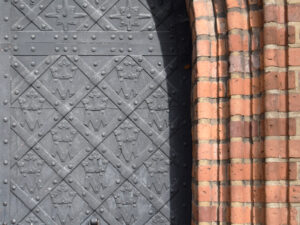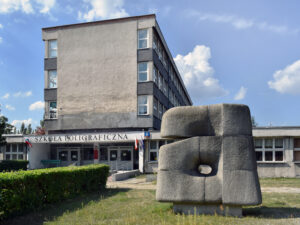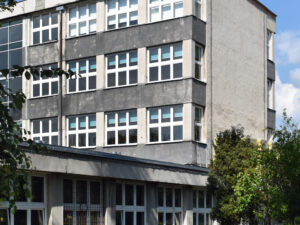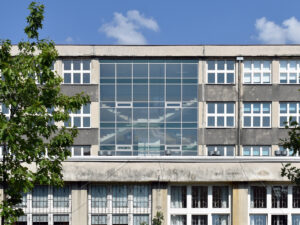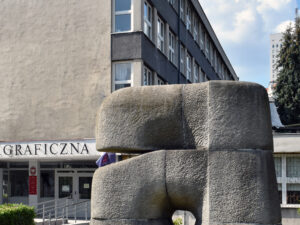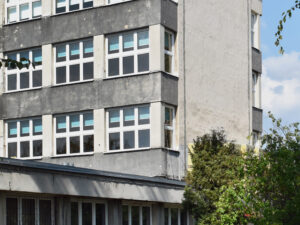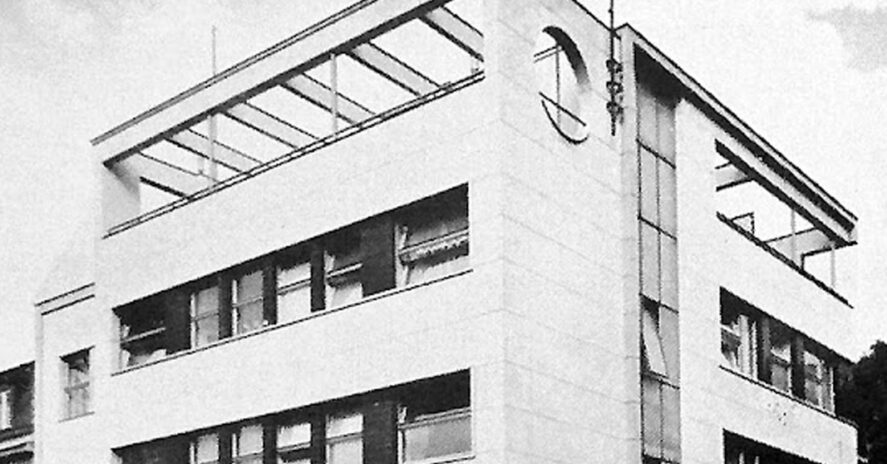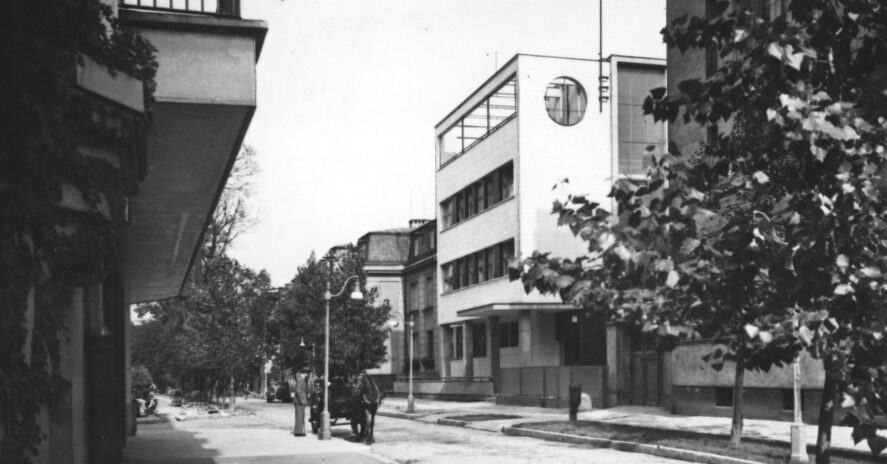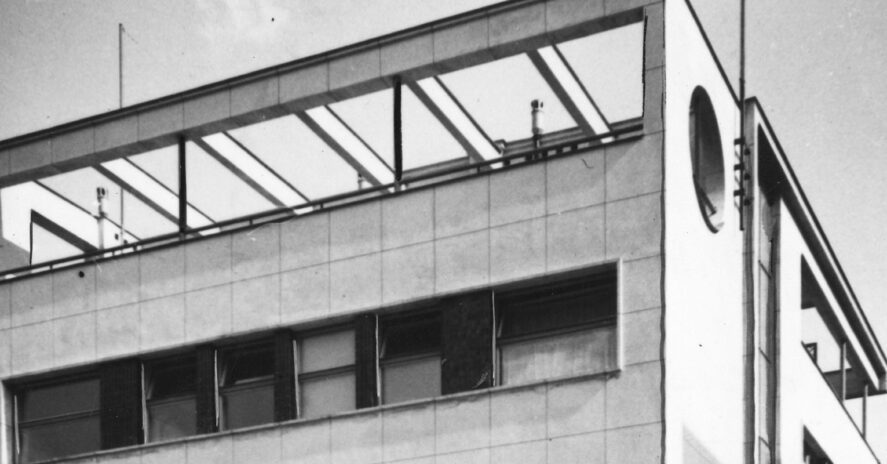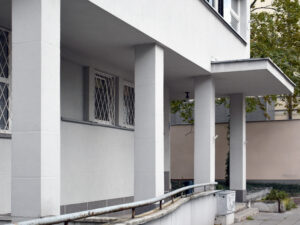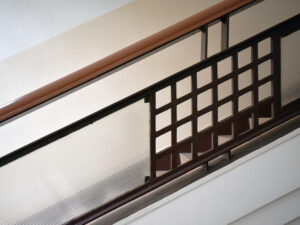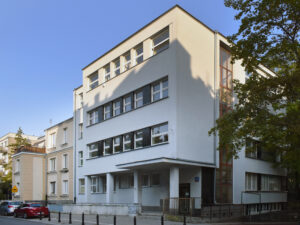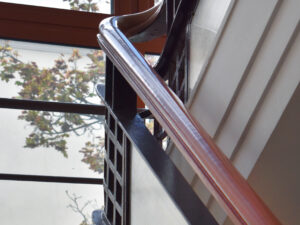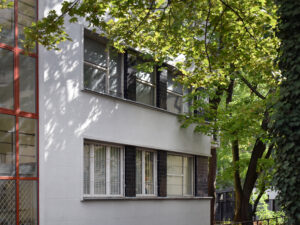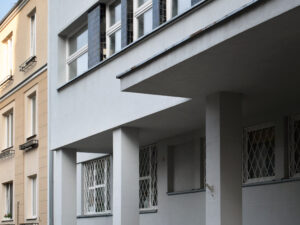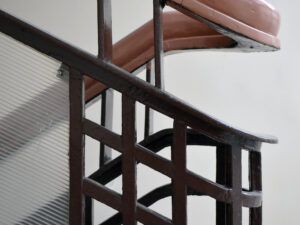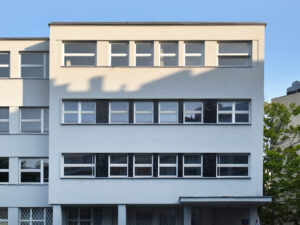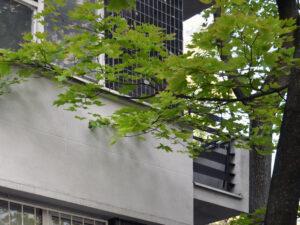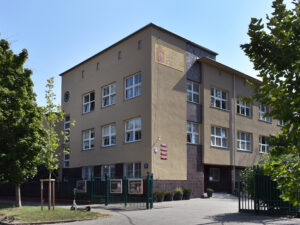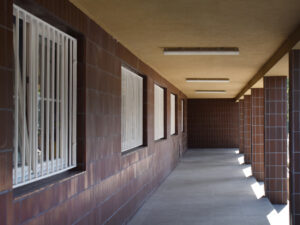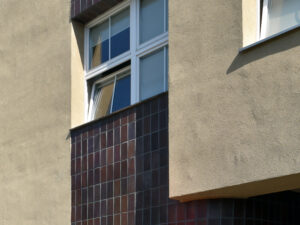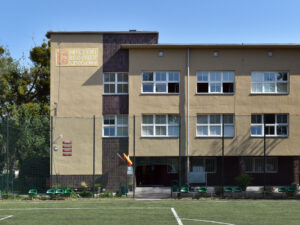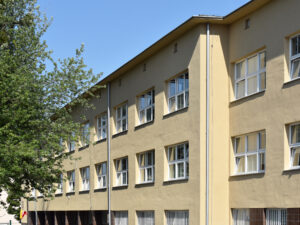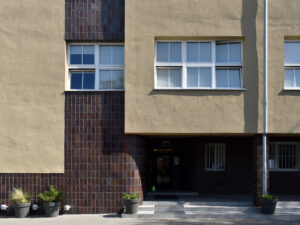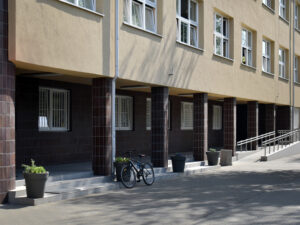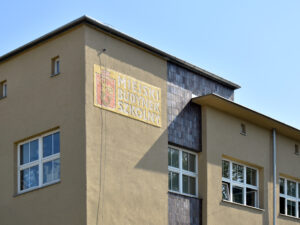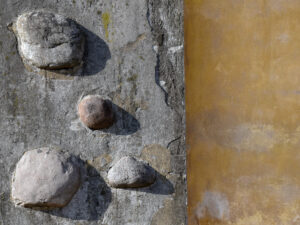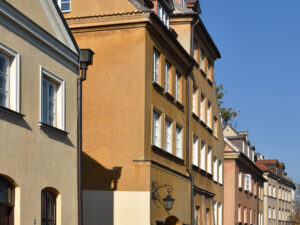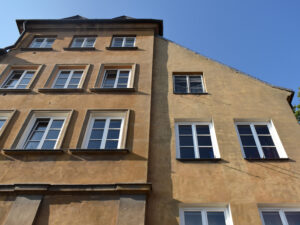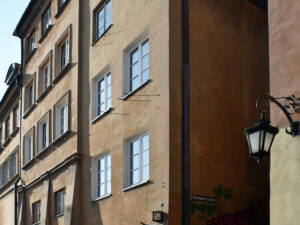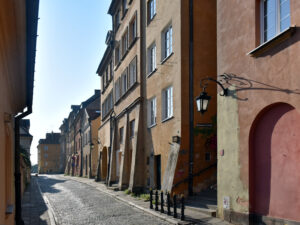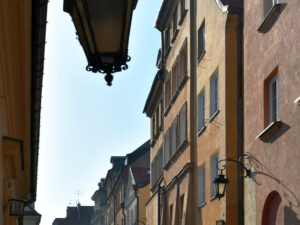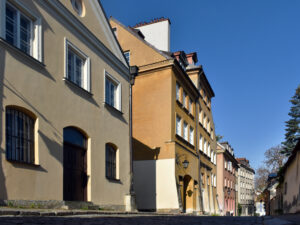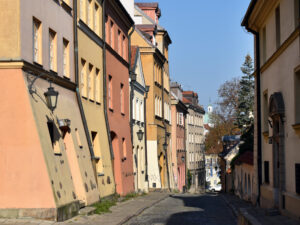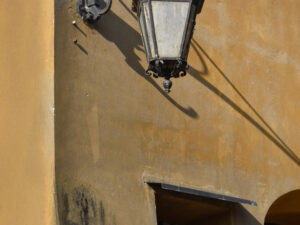THE ATLAS OF WARSAW WOMEN ARCHITECTS (ST-ZA)
The Atlas of Warsaw Women Architects presents the achievements of 41 female architects born before 1939, whose work can still be seen in the city. The biographies of these women are as varied as the buildings they designed – from modernist housing estates, through public institution buildings, to landscaping and recreational facilities. Their projects co-created the urban space in the 20th century, introducing innovative solutions and adapting the architecture to the changing needs of the inhabitants.
- Project selection: Anna Cymer
- Query: Anna Cymer, Artur Wosz, Miłosz Janczarski
- Contemporary Photos: Artur Wosz
STRZAŁKOWSKA-RYSZKA JASNA
(1932–2023)
She graduated in architecture and fine arts. From the 1970s she worked at the Metroprojekt office. She was the general designer of the interiors of the first metro line stations including Natolin, Imielin and Stokłosy.
M1 METRO LINE STATIONS
Address: Natolin, Imielin, Stokłosy
Years: 1982-1995
Author: Jasna Strzałkowska-Ryszka
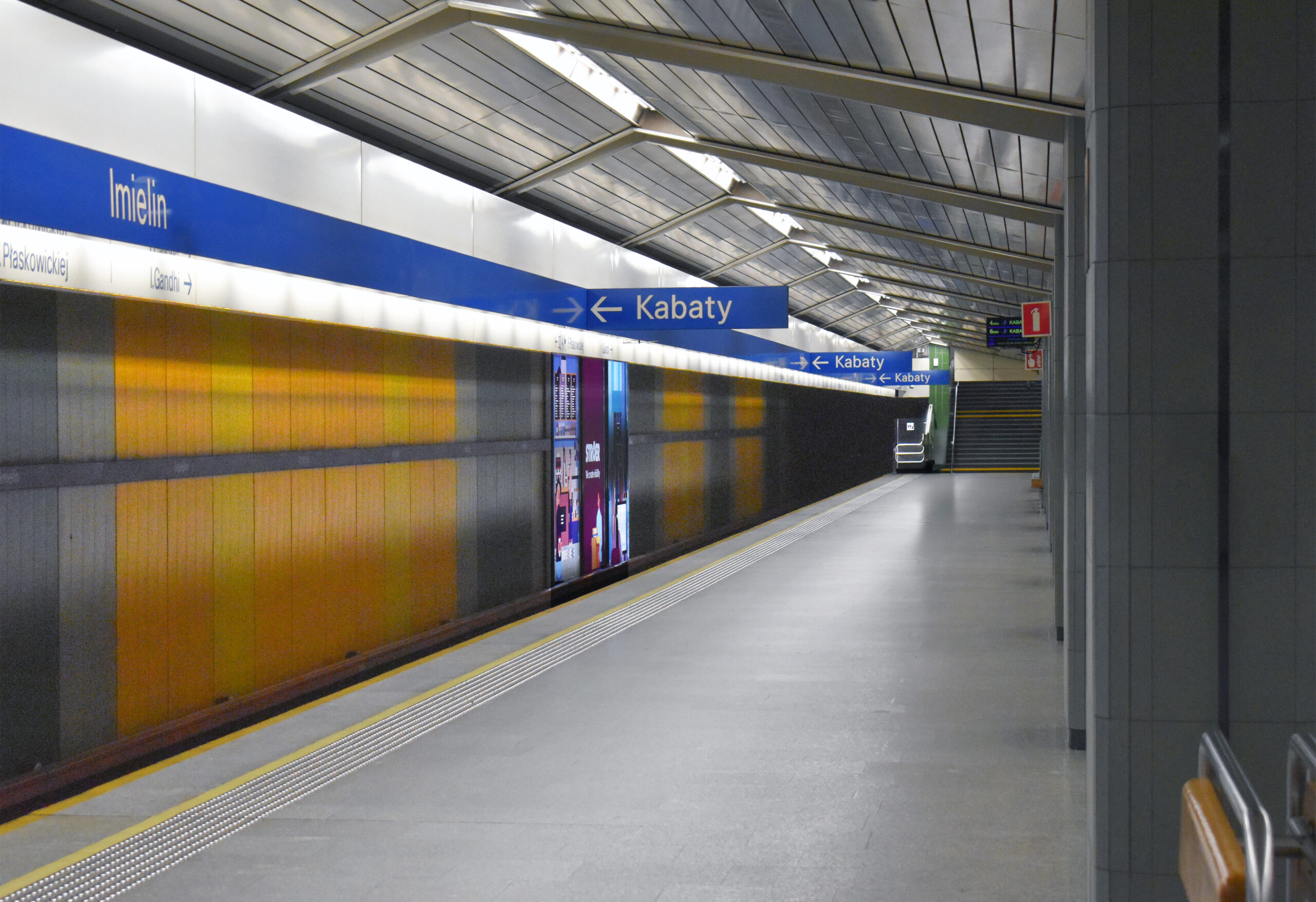
STYPUŁKOWSKA BARBARA
She worked in the team of Arseniusz Romanowicz and Piotr Szymaniak, creators of Warsaw’s railway stations. She had a hand in the creation of the expressive and structurally advanced designs for Warsaw’s cross-city railway stations.
PKP OCHOTA RAILWAY STATION
Address: Jerozolimskie Avenue 58
Year: 1963
Authors’ team: Barbara Stypułkowska, Arseniusz Romanowicz, Piotr Szymaniak

SYRKUS HELENA
(1900–1982)
She studied at the Faculty of Architecture of Warsaw University of Technology, interrupting her studies in 1925 without defending her diploma thesis. She also studied at the Faculty of Philosophy at the University of Warsaw in 1923. From 1945 to 1947, she was a designer at the Bureau for the Rebuilding of the Capital. She co-founded the creative group Praesens, which was transformed into the Polish section of the Congrès Internationaux d’Architecture Moderne (CIAM). She worked on the development of the Athens Charter.
RAKOWIEC WARSAW HOUSING COOPERATIVE (WSM) ESTATE
Address: Pruszkowska Street
Years: 1931-1935
Authors’ team: Helena Syrkus, Szymon Syrkus

KOŁO II WARSAW HOUSING COOPERATIVE (WSM) ESTATE
Address: Koło
Years: 1947-1951
Authors’ team: Helena Syrkus, Szymon Syrkus
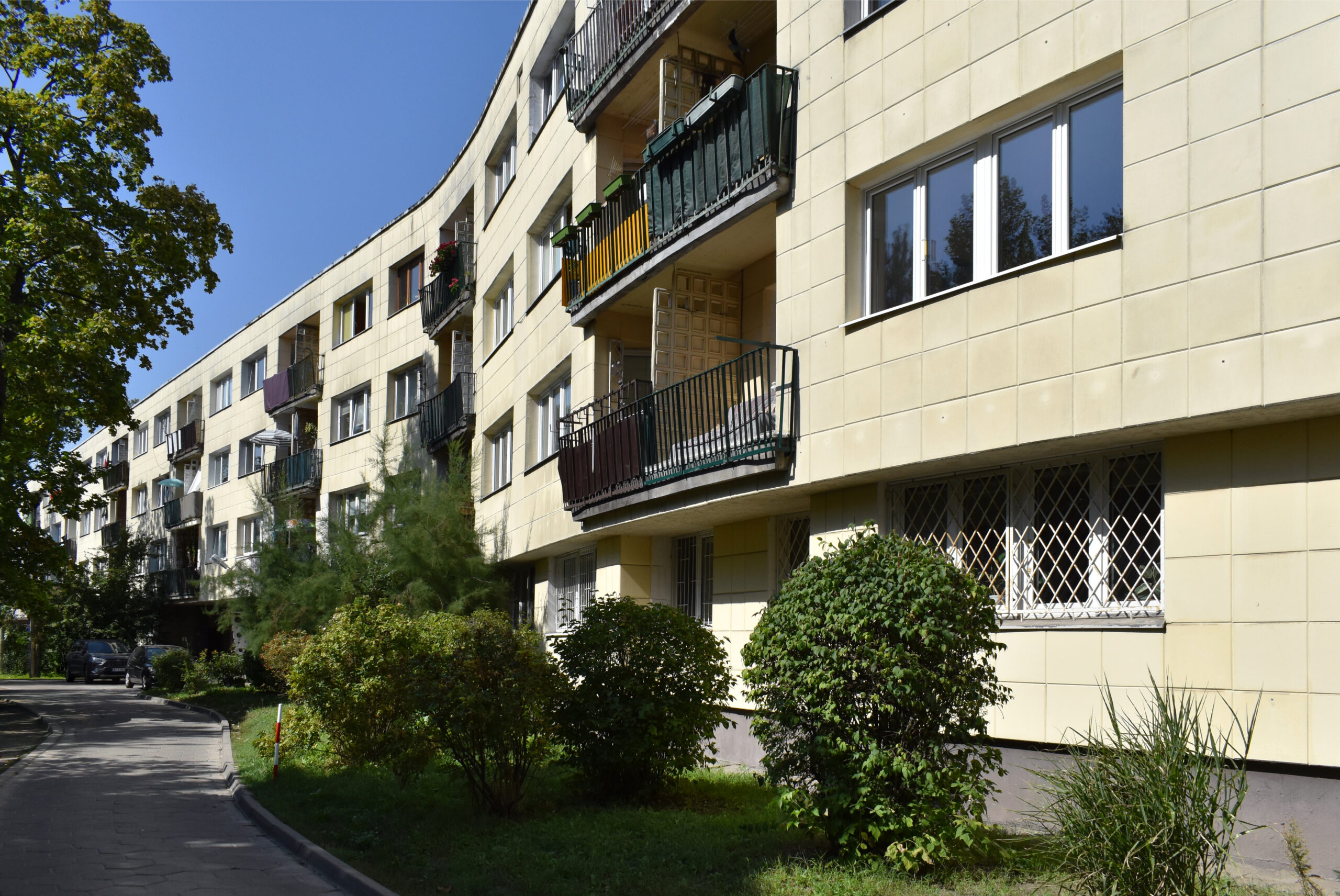
SZMALENBERG HANNA
(1950)
She graduated from the Faculty of Architecture of the Warsaw University of Technology, where she was a graduate student of Małgorzata Handzelewicz-Wacławek. She collaborated with architect Oskar Hansen, including on the project “Study of the Humanization of the City of Lubin” (1975).
UMSCHLAGPLATZ MONUMENT
Address: Stawki Street 10
Year: 1988
Authors’ team: Hanna Szmalenberg , Władysław Klamerus
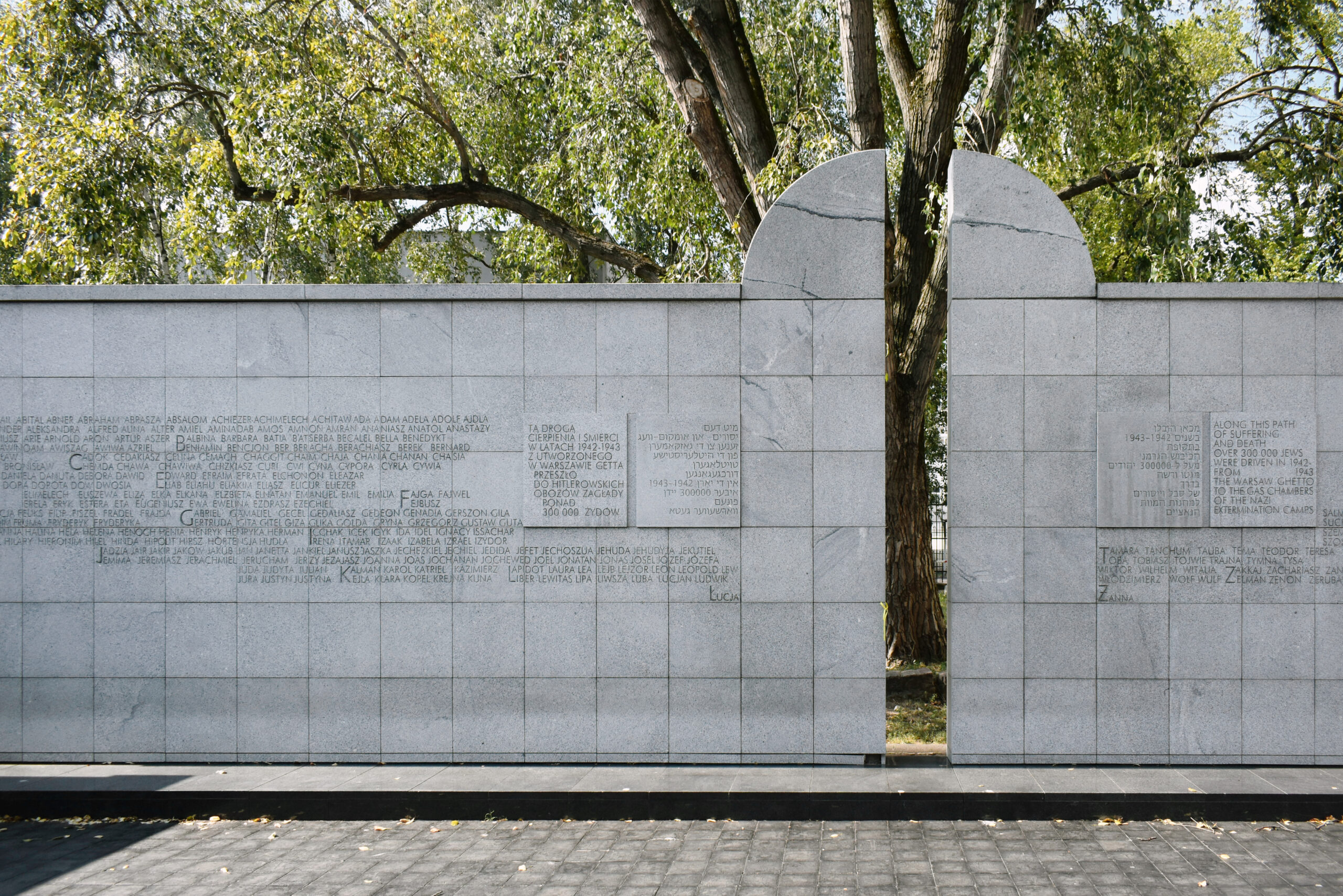
ŚWIERGOCKA-KAIM HALINA
(1937– )
She worked in the design team of the Warsaw Western Wall, constructed starting in 1972. The project included the LOT Polish Airlines complex and the Intraco II skyscraper.
INTRACO II
Address: Chałubińskiego Street8
Years: 1973-1978
Authors’ team: Halina Świergocka-Kaim, Jerzy Skrzypczak, Wojciech Grzybowski, Jan Zdanowicz, Jerzy Janczak

TOBOLSKA-PESZEL TERESA
(1924–2010)
She graduated from the Faculty of Architecture at Warsaw University of Technology in 1952. She was a designer at the Bureau of Industrial Construction Projects in Warsaw and at the Cewok Technical and Commercial Office.
APARTMENT BUILDING
Address: Wilcza Street 62
Year: 1960
Author: Teresa Tobolska-Peszel

TRYLIŃSKA BEATA
(1908–1973)
She graduated from the Faculty of Architecture at Warsaw University of Technology in 1931. She worked at the Bureau for the Rebuilding of the Capital, where she was in charge of the reconstruction and conservation of monuments, mainly churches.
ST. ANNA CHURCH RECONSTRUCTION
Address: Krakowskie Przedmieście Street 68
Years: 1946–1962
Authors’ team: Beata Trylińska, Stanisław Sołtyk

RECONSTRUCTION OF THE CHURCH OF THE VISITATION OF THE HOLY MOTHER
Address: Przyrynek Street 2
Years: 1947–1957
Authors’ team: Beata Trylińska, Halina Kosmólska-Szulc
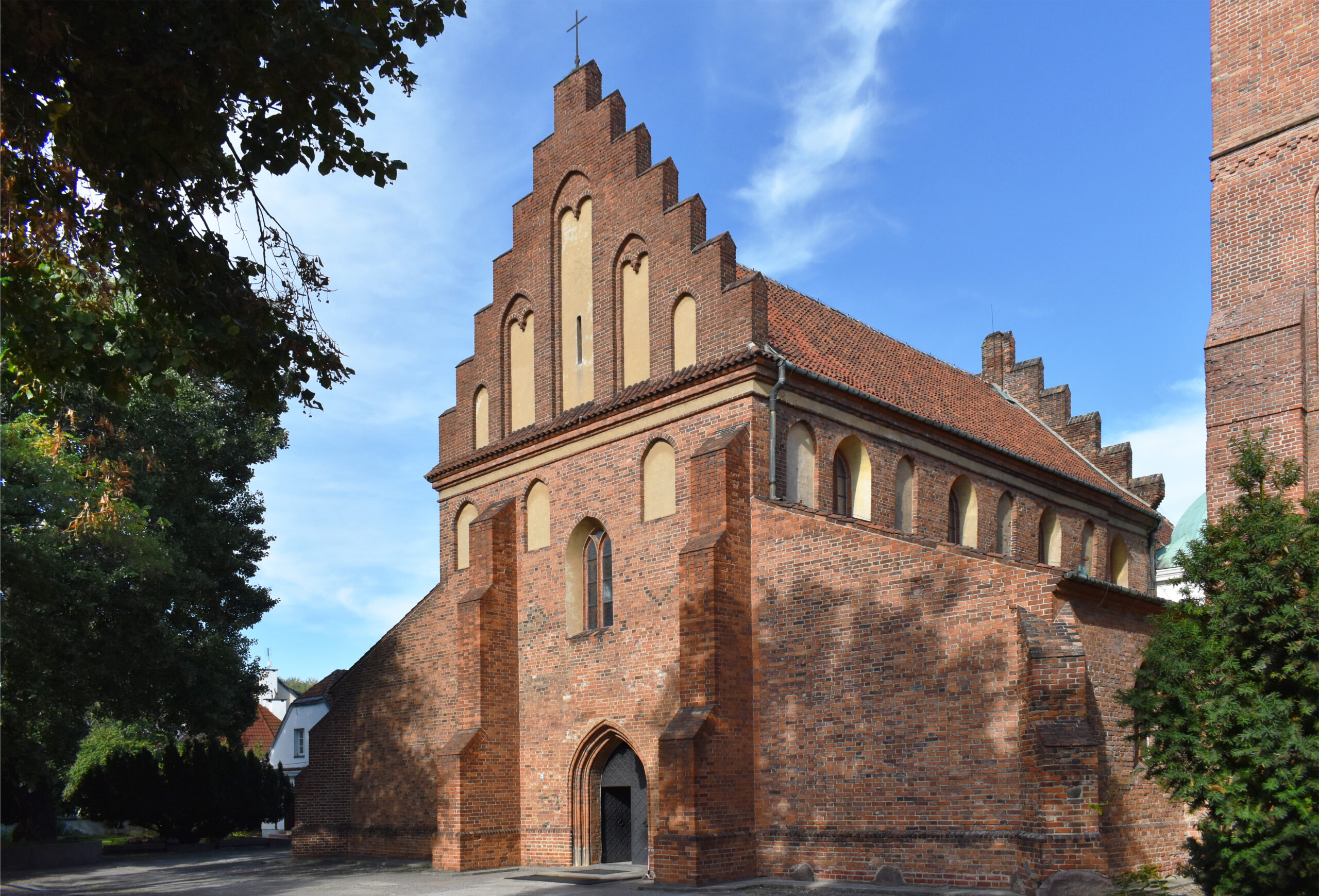
WIELĄDEK STEFANIA
(1923–2020)
She graduated from the Faculty of Architecture at Warsaw University of Technology, defending her diploma in 1952. She was a designer at the Warsaw General Building Design Bureau in Warsaw.
PRINTING SCHOOL
Mister Warszawy 1968 prize
Address: Stawki Street 14
Years: 1963-1968
Authors’ team: Stefania Wielądek, Roman Dutkiewicz, Bolesław Wala
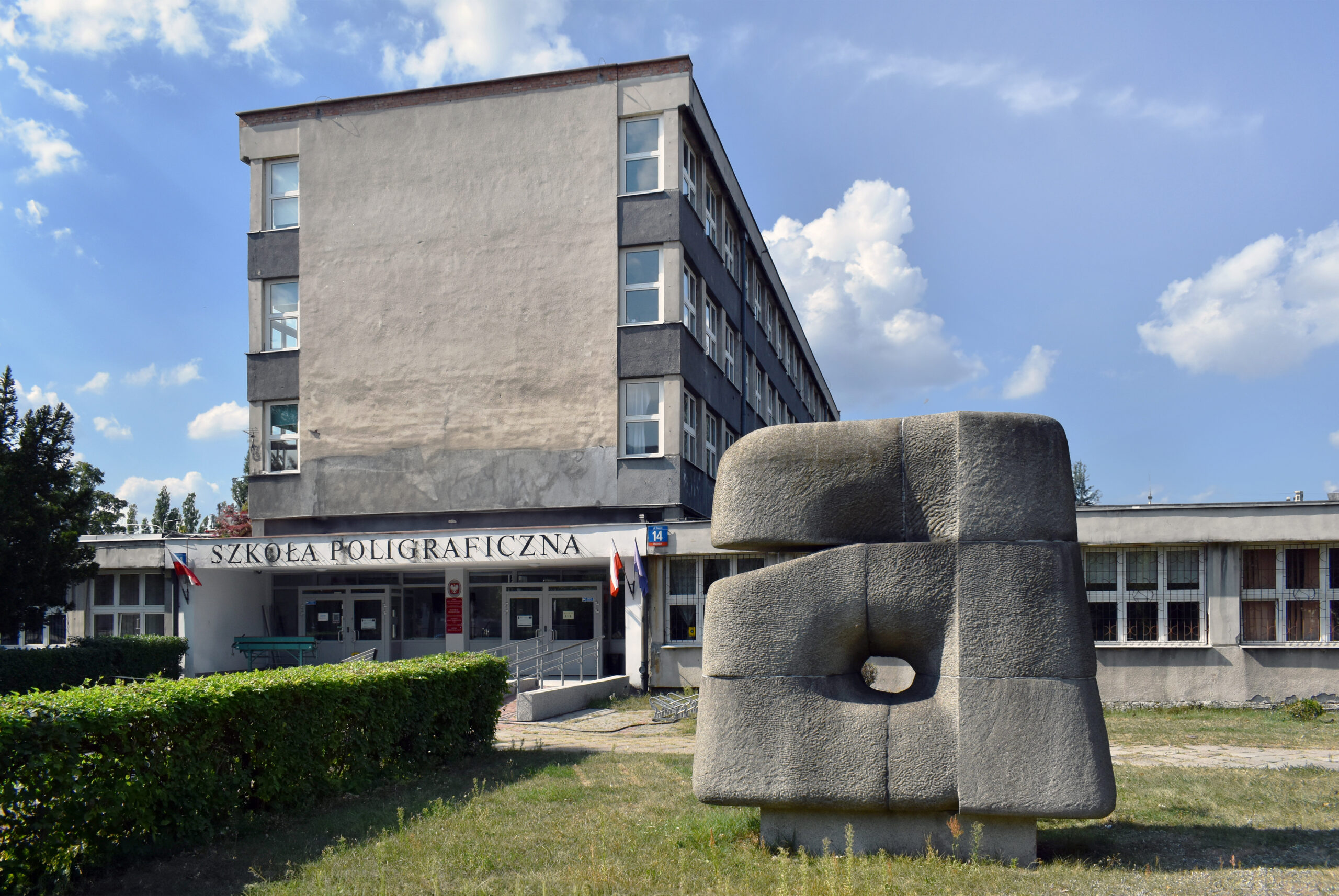
WROCZYŃSKA MARIA
(1901–1966)
She graduated from the Faculty of Architecture at Warsaw University of Technology in 1929. She specialised in the design of educational buildings. From 1930, she worked in the Transport and Construction Department of the Silesian Provincial Office, where she established cooperation with the architect Tadeusz Michejda.
CHMIELEWSKI VILLA
Address: Frascati Street 4
Year: 1938
Authors’ team: Maria Wroczyńska, Karol Schayer

PUBLIC SCHOOL AT KOŁO
Address: Ożarowska Street 71
Years: 1936-1937
Authors’ team: Maria Wroczyńska, Mieczysław Łokcikowski
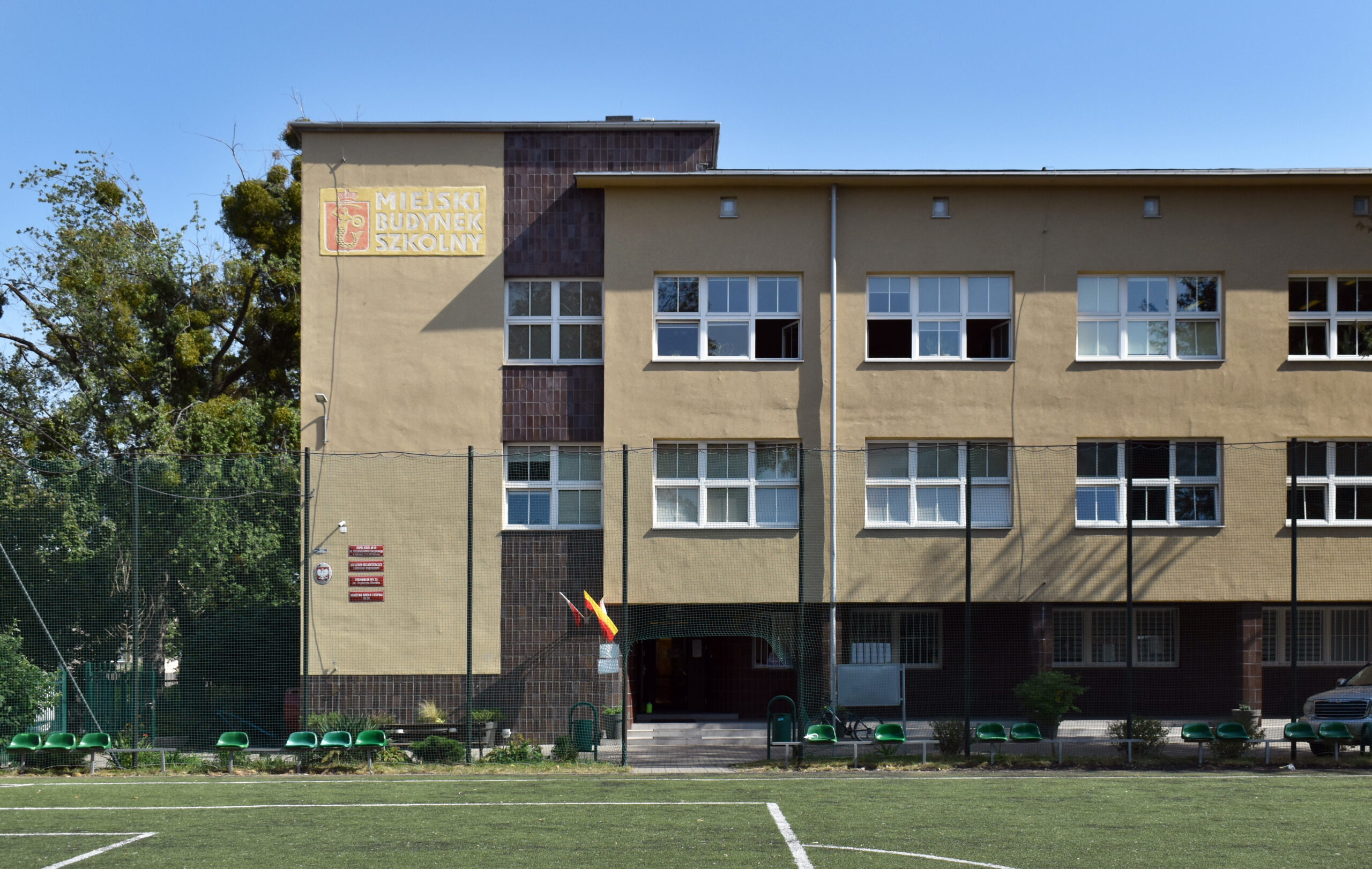
ZACHWATOWICZ MARIA
(1902–1994)
She graduated from the Faculty of Architecture at Warsaw University of Technology in 1933. She worked at the State Enterprise for the Conservation of Historical Monuments and at the Municipal Design Bureau in Warsaw.
RECONSTRUCTION OF TOWNHOUSES IN THE OLD TOWN
Address: Brzozowa Street 27/29
Years: after 1945
Author: Maria Zachwatowicz
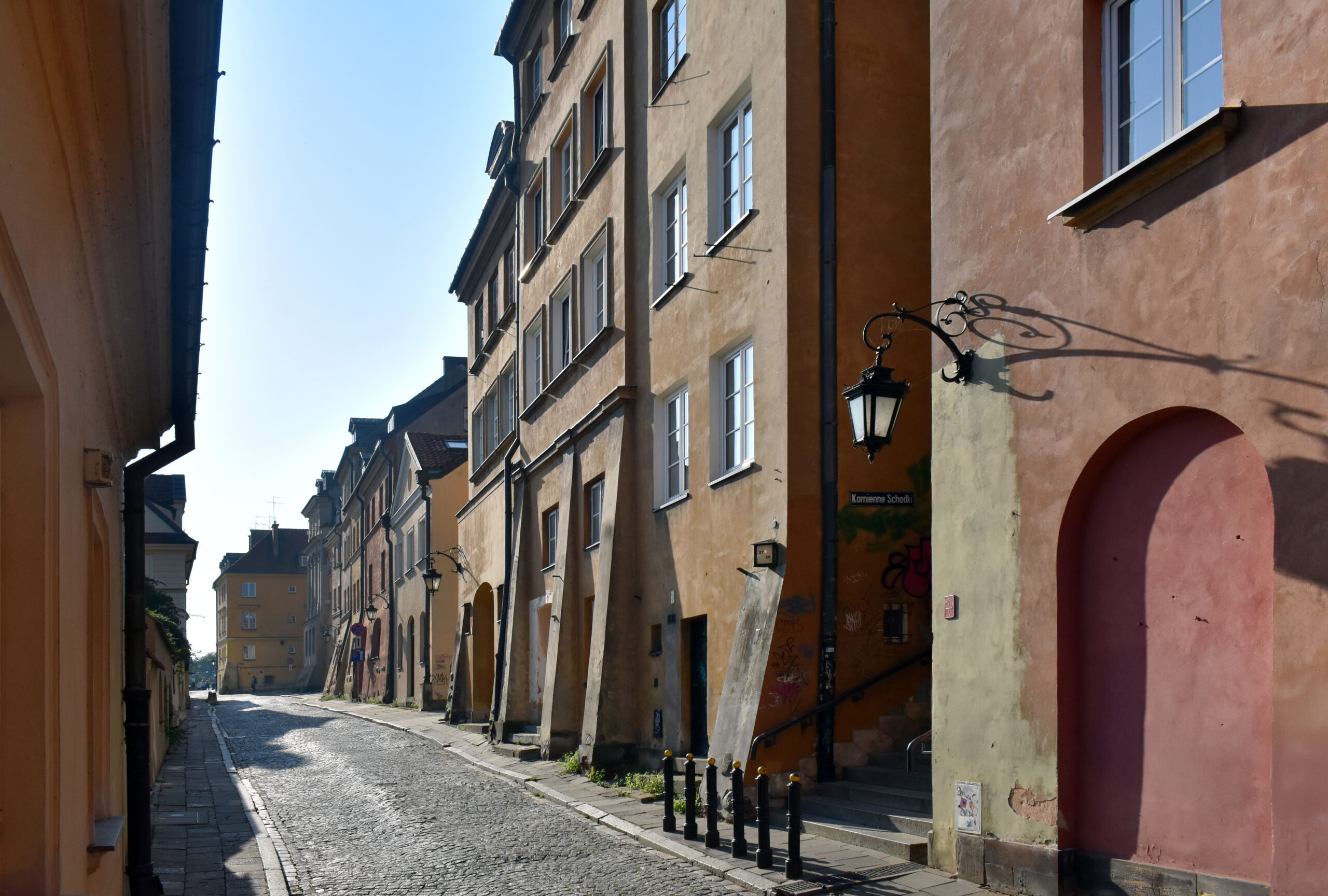
SEE MORE:
The Atlas of Warsaw Women Architects presents the achievements of 41 female architects born before 1939, whose work can still be seen in the city. The biographies of these women are as varied as the buildings they designed – from modernist housing estates, through public institution buildings, to landscaping and recreational facilities. Their projects co-created the urban space in the 20th century, introducing innovative solutions and adapting the architecture to the changing needs of the inhabitants.



